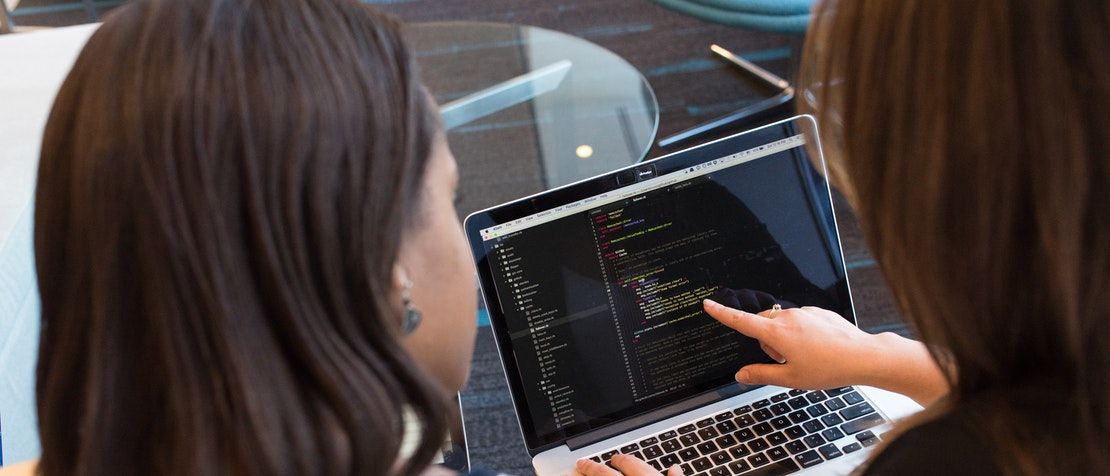
Breaking barriers and busting myths: How to empower more women in cybersecurity
“We do better when we connect to each other.” This sentiment expressed by ITU Telecommunications Development Bureau Director Doreen Bogdan-Martin during the Empowering Women in Cybersecurity webinar resonated with many, myself included. The timely webinar was part of the ITU Global CyberDrill 2020: a global cybersecurity capacity-building effort enabling people to do better through connecting on key issues in cybersecurity. Participants from around the world connected with a wide variety of female leaders, who discussed how to overcome hurdles facing women in the field of cybersecurity. The main takeaway?
Not only do we do better when we connect to each other through information and communication technology (ICT), but also when we come together to break barriers to inclusion and diversity.
Shifts in mentality and culture needed With the persistent global cyber skills gap continuing to increase, it is imperative that the cybersecurity sector looks critically at efforts to recruit and retain female talent within the field. Programs aimed at increasing the number of female leaders and decreasing the technology accessibility and digital skills gaps are essential. To enable and empower women in cybersecurity, however, a shift of mentality and culture is paramount. These shifts are needed because the cybersecurity field can no longer afford to disregard challenges that women face in entering the digital workforce. Industry projections suggest that by 2021, 3.5 million cybersecurity jobs will remain vacant. Further, an astounding 145 per cent growth in the labour market will be required to meet global cybersecurity needs, according to research by information security professional association (ISC)2. Encouraging more women to join the cybersecurity sector would not only significantly increase its economic power but would also bring new ideas and innovation to the field. Failing to capitalize on the potential offered by increased diversity impedes the sector from reaching maturity. Challenging assumptions Cybersecurity is often perceived as a highly technical field that only hires candidates with backgrounds in science, technology, engineering or mathematics (STEM). The Empowering Women in Cybersecurity panel attempted to demystify this aspect of the field by sharing their experiences and observations of the sector that go well beyond the technical realm. The cybersecurity sector requires a diverse workforce with multidisciplinary skillsets to solve constantly evolving threats. Creative thinking, adaptability, and exemplary communication are just a few critical skills that should be leveraged to meet the ever-changing cybersecurity challenges facing the world.
The inherent bias of the field must be met with a structural approach to diversification.
The speakers highlighted that women often provide unique perspectives to security, both within their respective countries and globally, and serve to further enhance the capacity and capabilities of cybersecurity teams. As cyberthreats continue to evolve in complexity, diversity, and scope, the cybersecurity field also needs to grow in adaptability, dynamism, and agility. The COVID-19 pandemic has pushed the global workforce to adapt in unprecedented ways. The accelerated digital revolution has forced advancements in work from home capabilities and demanded increased flexibility within the traditional work schedule. The success in which the cybersecurity sector responded to this crisis indicates that the industry has the capacity to make widespread and intentional changes that could meaningfully close the inclusion gap, however, leadership within the industry must be loudly encouraged to begin this shift in dynamics. 7 ways to involve more women in cybersecurity During the webinar, the remarkable women leaders in the field inspired the audience to get involved in the discussion and take action by leaving some recommendations on an interactive virtual whiteboard. Below are some of their ideas:
- Barriers to enter, stay and grow in the cybersecurity sector must be overcome for women to participate actively in this field.
- Stereotypes perpetuate inequality: mindsets need to shift in order to break deeply entrenched stereotypes.
- Making programmes women-centric is not the same as empowering women.
- Cybersecurity is everybody’s job: We need to proactively encourage other women to the field and address the top 3 barriers: lack of mentors, lack of female role models, and gender bias in the workplace.
- There needs to be easier access to opportunities for affordable education and skills development.
- We must demystify cybersecurity; lack of inclusion in the field is detrimental to everyone.
- For companies to attract and retain women, they must recognize the role their policies and culture play in causing inequality. Companies must pursue organizational change and improve recruiting strategies.
“Equality of opportunity lies at the very heart of a truly equal society in which all can flourish and realize their full potential.”
Image credit: Christina Morillo via Pexels
